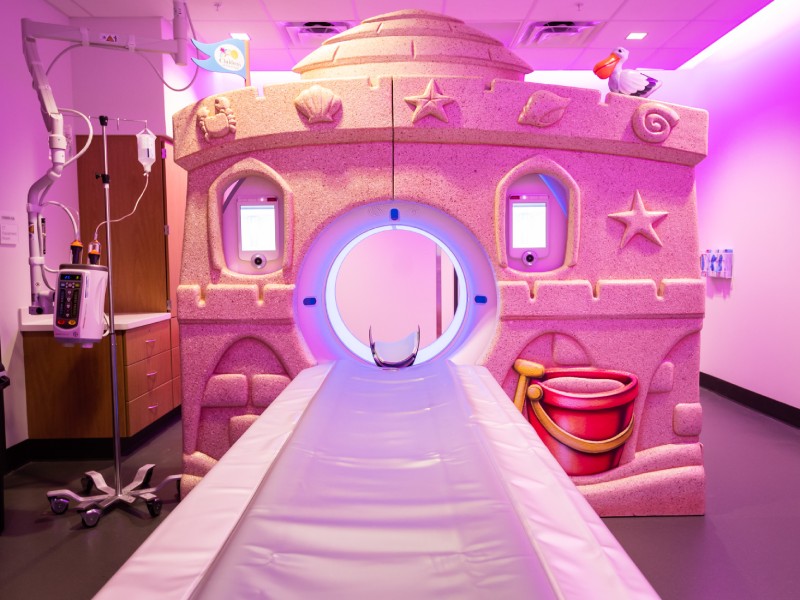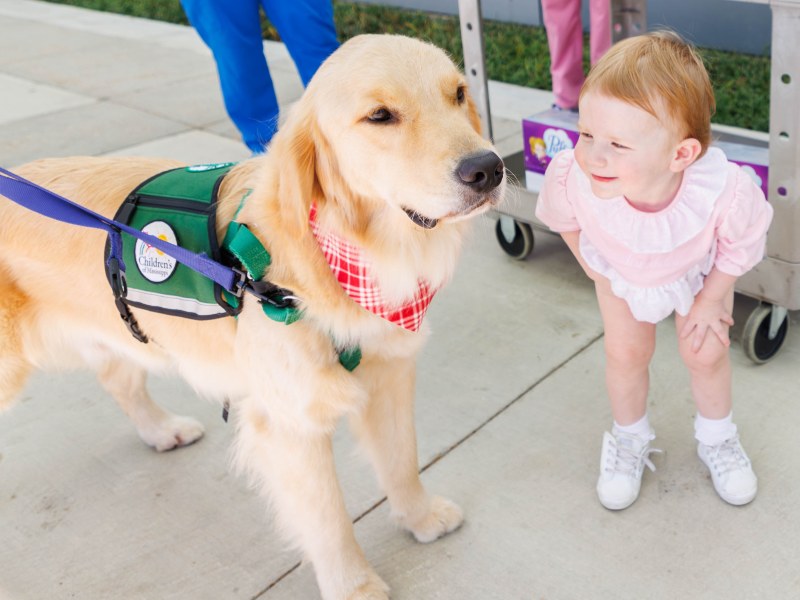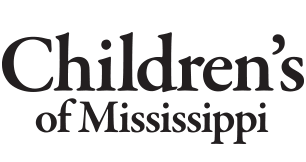Children's Nursing Resources
What makes a children's hospital different?
 There are roughly 6,120 hospitals in the U.S., and only about 250, or 4%, are children’s hospitals.
There are roughly 6,120 hospitals in the U.S., and only about 250, or 4%, are children’s hospitals.
Colorful decor and artwork are just the beginning when it comes to the difference a children’s hospital makes.
Here are a few reasons why the best pediatric care happens in children’s hospitals:
- Equipment and supplies, from beds to surgical instruments, in sizes to serve patients from premature newborns to teenagers.
- A children’s hospital pharmacy prepares every medication based on weight since children metabolize drugs differently than adults do.
- Children's pharmacists know the effects of medications on children and can reconstitute medications into flavored liquids that are easier for children to take.
- Children have less blood volume, so children’s hospitals have lab equipment that runs tests on small volumes of blood. Normal values are different in children, so our instruments are set to what's normal for them. We use pain management techniques to reduce stress and anxiety related to needle sticks.
- In Imaging, we take great care to reduce the amount of radiation exposure children have. Our Imaging techs have expertise in imaging children to obtain what is needed the first time to prevent reimaging. Our MRI and CT scanners look like ships, lighthouses and sandcastles, and our child life specialists put children at ease. Pediatric radiologists are skilled in interpreting images of children’s growth plates.
- Children can travel to surgery in a car or wagon, and parents can stay with their children as they’re prepared for procedures and be there when they awaken.
- Child-friendly menu options are developed by dietitians with expertise in in children. Children can order meals electronically, choosing what they like.
- Staff members are knowledgeable in age-specific approaches, from preschooler magical thinking to teenage independent thinking.
- Respiratory therapists play games to help children do their breathing treatments.
- Social workers assist families in accessing community resources.
- Child life specialists help children process what is happening to their bodies through therapeutic play and help them cope through distraction techniques.
 Teachers help children keep up with their schoolwork, so they don’t fall behind in their studies.
Teachers help children keep up with their schoolwork, so they don’t fall behind in their studies.- Our facility dog Hollywood provides comfort and unconditional love!
- Patients' families are part of the care team and are encouraged to be with their children, including in intensive care. Private rooms with sleep couches, bathrooms with showers, TVs and other amenities are available in every unit.
Factoids:
Nursing Leadership
At Children’s of Mississippi, nurses are the leaders of bedside care. They enact organizational change and improve patient safety and outcomes through their participation in unit-level and organizational interprofessional governance councils that link directly to the top levels of organizational leadership. Our leaders are available to staff, unit leadership to executive. Our leaders welcome all new hires to the organization during “Meet & Greet” events and engage with staff during monthly in-unit rounding.
Relationship-based care
Our nursing professional practice model is based on the Relationship-Based Care model. The six core components of leadership, teamwork, professional nursing practice, patient care delivery system, resource-driven practice and outcomes measurement converge with the patient and family at the center of our health care system. This allows us to provide the highest quality of care for Mississippi’s children.
Evidence-Based Nursing Practice
Evidence-based practice is a model wherein nursing practice is based on up-to-date research and knowledge. At Children’s of Mississippi, we incorporate evidence-based practice into our nursing practice and standards, forming the basis for our nursing policies. Frontline staff are encouraged to take part in policy review, evidence-based projects and unit and organization level Evidence-Based Practice and Research Councils. An evidence-based practice project is a major component of our Transition to Practice program for newly graduated nurses.



 UMMC
UMMC